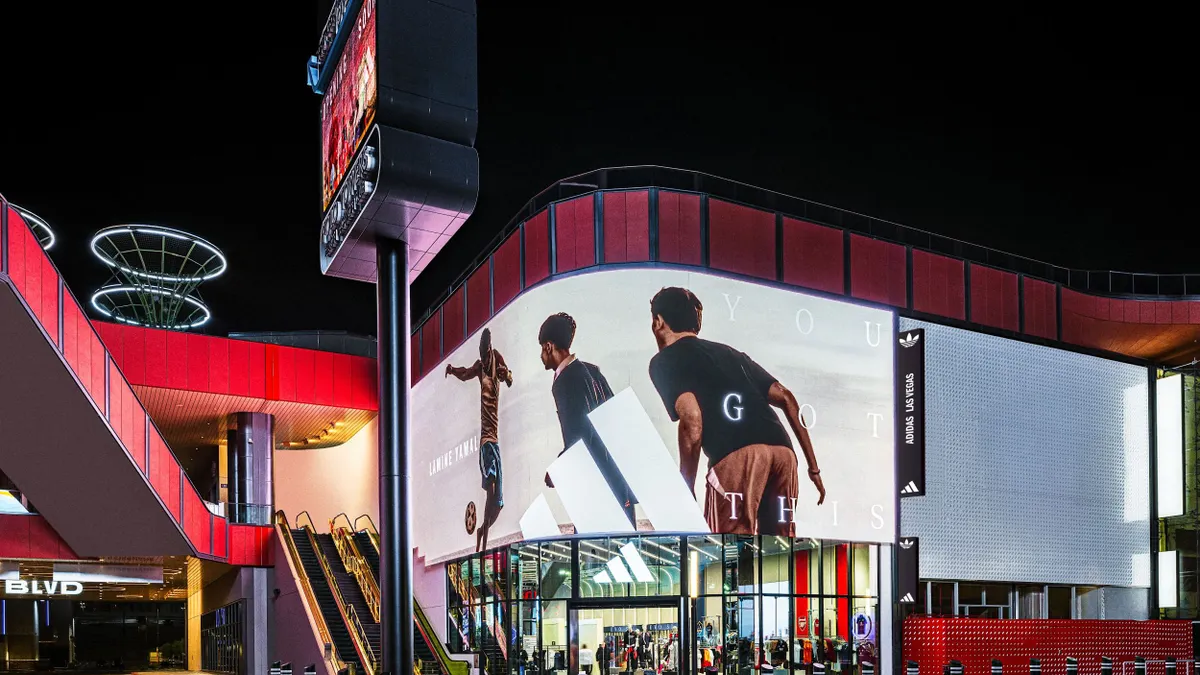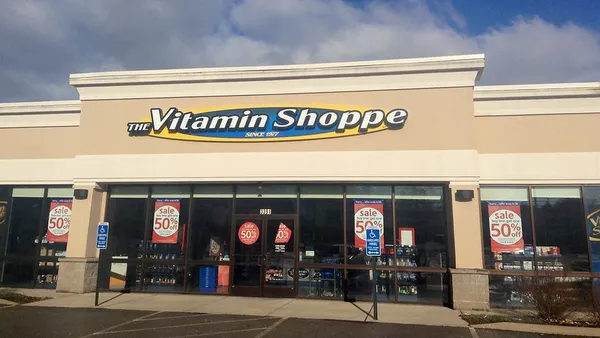You’re scrolling through merchandise at 2 a.m. after an epic movie hooked you. Suddenly, you’re buying the soundtrack, reading cast interviews, and ordering a limited-edition toy. More than entertainment, that’s “the ripple effect” in action.
Movies don’t just capture our attention for two hours; they create waves of engagement that can last over a decade. Amazon Ads worked with Crowd DNA to explore this phenomenon, uncovering how films drive purchasing behaviors across industries, regardless of where or how people watch them. The findings reveal that movies create shopping opportunities far beyond popcorn and tickets.
The staying power of movie magic
Movies have a lasting effect on audiences: 88% of viewers identify as fans of movie franchises, with the average fandom lasting 10.4 years. That’s longer than most customer loyalty programs can dream of achieving.
With characters and storylines as varied as the fans who adore them, movies fulfill multiple consumer needs simultaneously: escapism (88%), personal growth (60%), social connection (53%), and nostalgia (36%). For two-thirds of parents, movies are relationship-building tools with their kids, creating shared experiences that translate into shopping behaviors.
The social aspect of movie consumption is notably pronounced among Spanish-speaking audiences: 85% have participated in movie-related activities like listening to movies, posting on social media, engaging with fan-made content, collecting physical copies, and exploring behind-the-scenes content. This heightened engagement likely stems from the more social nature of movie consumption in these communities, where watching alone is far less common. For Spanish speakers, movies represent not just escape but transformation: 75% seek betterment and new perspectives compared to 57% of general market viewers, suggesting this audience actively uses entertainment as a lens for personal growth and cultural connection.
Notably, home and theater viewing aren’t competing experiences, whether for general market or Spanish-speaking viewers. Each serves distinct purposes, like different touchpoints in a customer journey. Theater viewing drives social events, escape, and immersion, while at-home watching offers comfort, convenience, and control. Savvy retailers recognize these as different moments to engage audiences with tailored messaging.
How movies fuel spending habits
Movie engagement drives real spending, regardless of how, where, or what people watch. In the past two years, 81% of viewers engaged in movie-related activities, while 64% opened their wallets for movie-related products, averaging $192 per person annually (with the average U.S. movie ticket costing $16.08 as of Spring 2025). That’s a substantial market driven purely by emotional connection to content. Top spending categories include toys/games (36%), clothing/costumes (33%), and posters/art (33%).
“Fandoms are everywhere. Once you capture a fan’s interest, they look to you to continue driving that connection,” explains Alexys Coronel, multi-vertical leader, fashion, entertainment, telco, and hardlines at Amazon Ads. “Our research shows there’s a clear link between media exposure and consumer action. Customers reward the brands and experiences that understand their passion points.”
The ripple effect: five stages of retail opportunity
Purchase behaviors span from pre-release excitement through post-release fan engagement, creating a predictable framework for retail campaigns. Brands can capture purchase intent at each phase by tailoring campaigns to meet fans where they are on their journey.
The Build Up: Nearly seven in ten viewers arrive with some prior connection — they’ve watched trailers, heard recommendations, or read reviews. Active promotion drives theater attendance, while at-home viewing often extends the ripple effect, with 22% of home viewers having already seen the movie in theaters. For retailers, this represents prime time for pre-release product advertising, particularly through reach strategies like Prime Video that build awareness before the emotional crescendo hits.
The Drop: This is peak emotional impact territory. Nearly nine in ten viewers experience positive emotions after watching, and 84% say movies spark their fandoms. Retailers would be wise to ensure products are fully stocked and run sponsored ads during this crucial window, capitalizing on trending products in high demand during initial release phases.
The Early Waves: The discussion phase kicks in, with one in three viewers talking about the movie immediately, and one in ten posting reviews. Emotional impact directly correlates with engagement: Half of inspired viewers discuss the film, while 48% join fan communities. This creates prime shopping periods ideal for easy-access product links and creative opportunities like sponsoring Amazon Music playlists curated by movie-associated artists.
The Later Ripples: Content interactions grow as viewers crave more movie-related experiences. About three in ten are “extremely likely” to rewatch at home, well on the fandom pathway — 74% will buy merchandise (versus 58% average) and 56% will consume related content (versus 36% average). Retailers can leverage this with strategic product reminders and deeper fandom engagement in display or video remarketing campaigns.
The Ongoing Effect: Welcome to superfan territory, representing 18% of watchers. Eight in ten superfans say fandom enables connection and shared experiences, driving real-world interactions: 43% attend premieres, Q&As, or conventions. These audiences offer retailers opportunities to support ongoing fandom behaviors through nostalgia campaigns and strategic re-releases.
Tapping into the ripple effect with Amazon Ads
Magic happens when retailers pair streaming with commerce (think Prime Video plus Amazon) to create seamless watch-to-shop experiences in deeply personalized environments. The audience appetite is there: 73% value personalized recommendations based on movies they watch, 68% want to identify products shown in movies they’re watching, and 67% desire easy access to movie merchandise while streaming.
Early results demonstrate the broader opportunity. An analysis of 10 major theatrical campaigns with Fandango found that Amazon Ads delivered a 23% median lift in purchase consideration (detail pages to Fandango.com) and 13% median lift in confirmed purchases on Fandango.com, compared to unexposed audiences. While this represents ticket sales specifically, the uplift validates the ability of Amazon Ads to connect entertainment engagement with real purchasing behavior — the same mechanism fueling the broader ripple effect shopping behaviors.
“These findings underscore Amazon’s unique ability to uncover and activate audiences that traditional marketing might miss entirely,” Coronel explains. “When you seamlessly connect someone’s entertainment moment to their shopping impulse, you’re bridging inspiration and action.”
In the attention economy, the ripple effect represents both a challenge and an opportunity for retailers. Entertainment fuels demand, and smart brands position themselves where and when inspiration strikes. More than riding waves, success is about understanding when and where they’ll break, positioning your brand where inspiration meets action.
Transform entertainment engagement into retail impact: With unmatched reach and trillions of shopping, streaming, and browsing signals, Amazon Ads can help you connect with audiences at precisely the right moments — at a scale and efficiency traditional advertising channels can’t match.










